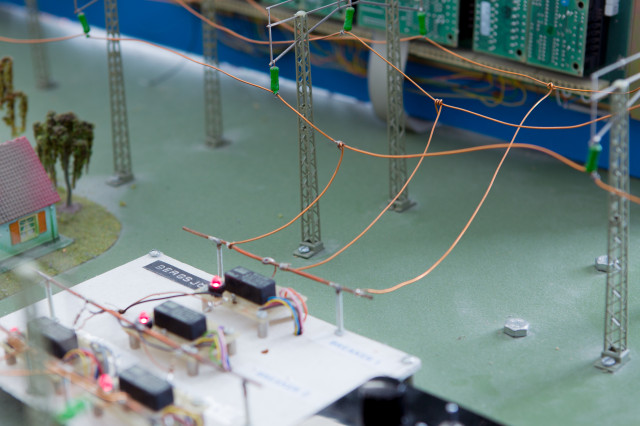The course gives a broad overview of modeling using stochastic processes in electrical engineering applications. Formulating problems using mathematical modeling is an important part of the course.
Basics about continuous time an discrete time stochastic processes, especially weakly stationary processes. Definitions of probability distribution and density functions, statistical mean, mean power, variance, autocorrelation function, power spectral density,
Gaussian processes and white noise. Linear filtering of stochastic processes, Ergodicity: Estimation of statistical properties from measurements. Sampling and reconstruction: Transformations between continuous and discrete time signals. Influence of sampling, sampling theorem. Pulse amplitude modulation. Errrors in the reconstruction of stochastic signals. Estimation theory: Linear estimation, orthogonality conditions. Prediction and Wiener filtering. Model based signal processing: Linear signal models, AR-models. Spectral estimation. Application of the above to simpler electrical engineering applications.
After passing the course you should be able to
- Analyze given problems regarding properties of weakly stationary stochastic processes.
- Analyze given problems in at least one of the areas filtering, sampling and reconstruction of weakly stationary processes.
- Analyze given problems in estimation and/or optimal filtering.
- Apply mathematical modeling tools to problems in electrical engineering. Develop simple software codes using, e.g., Matlab, and use this to simulate and analyze problems in the area. Report the methodology and results.
- Use a given mathematical model, or formulate one on your own, to solve a given technical problem in the area, analyze the result and justify if it is reasonable.
If you are passing the course with higher grades, you should, in addition to the above, be able to
- Analyze given problems in filtering, sampling and reconstruction of weakly stationary processes.
- Analyze given problems in estimation and optimal filtering.
- Formulate mathematical models which are applicable and relevant to a given problem formulation within the area. When vital information is missing, you should be able to judge and compare different possibilities as well as make reasonable assumptions to achieve a satisfactorily modeling performance.
- Use a given mathematical model, or one formulated by yourself, to solve a problem in the area; e.g., a problem composed of several interacting sub-problems or other problems requiring a more complex modeling, analyze the result and its validity.
